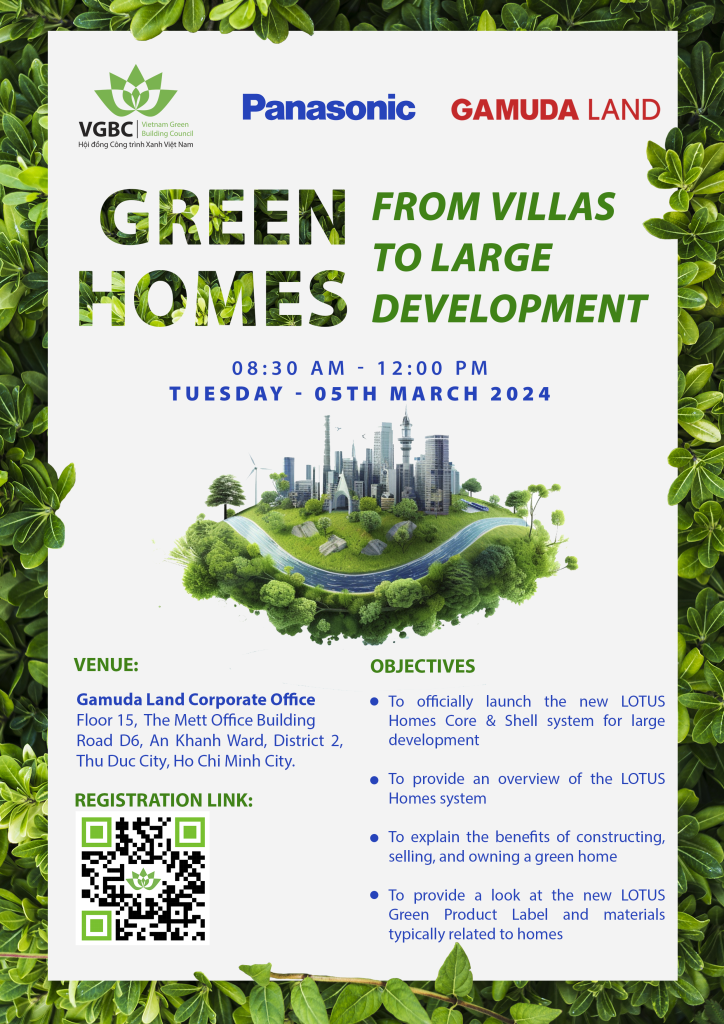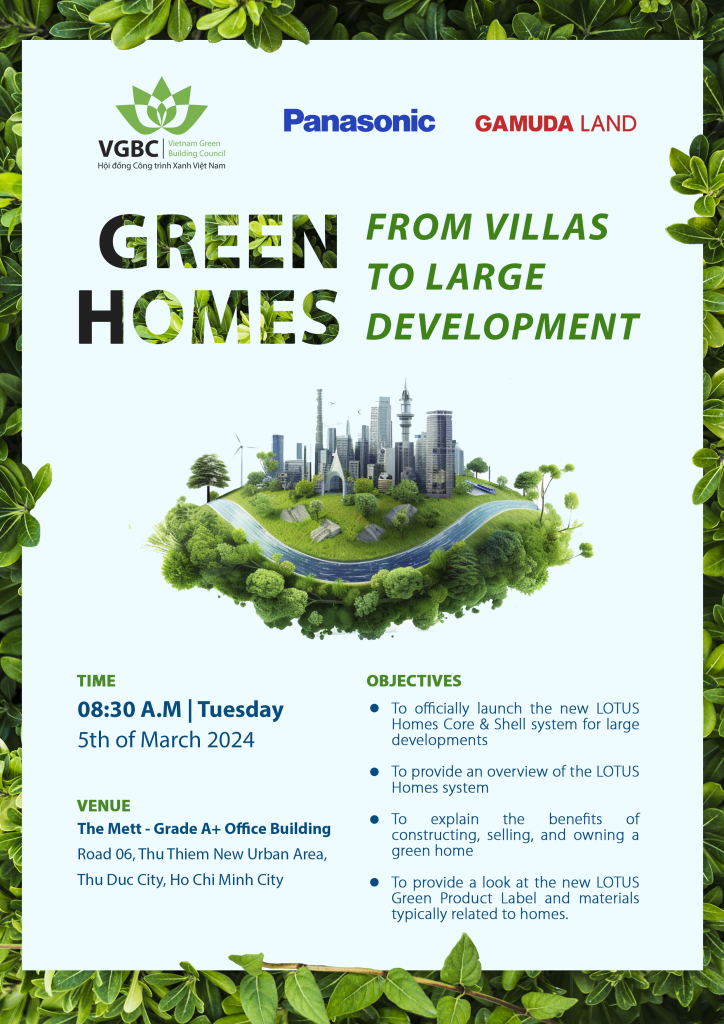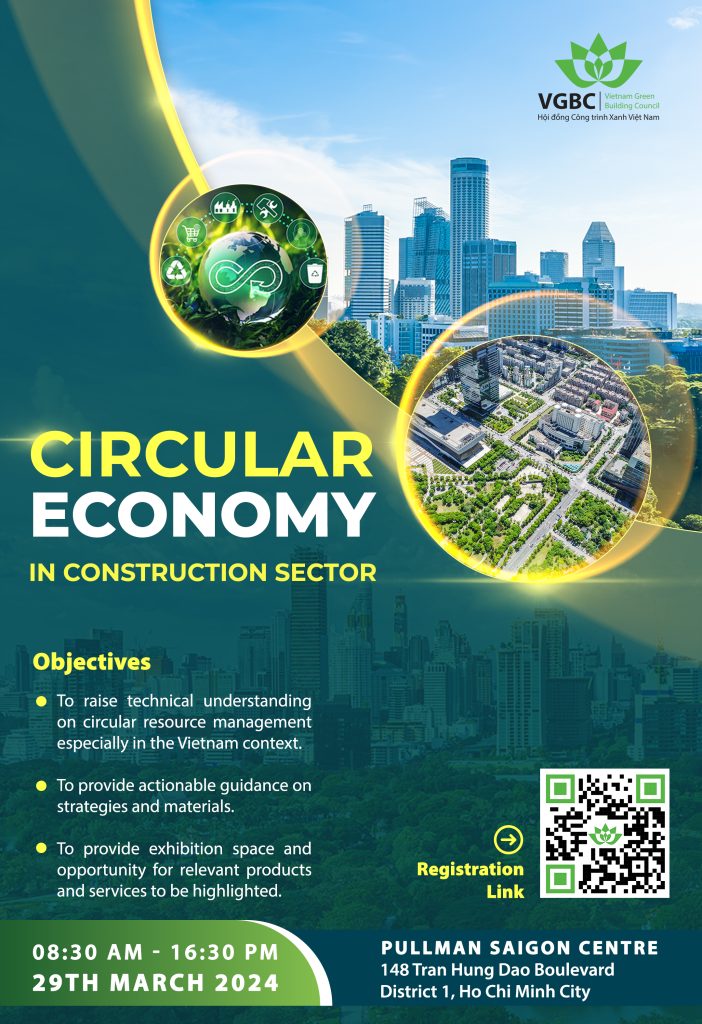“This article was prepared by VGBC’s Project Manager – Phong Vu and was published Vietnam Investment Review, June 22-28 2015.”
The summer heat in Vietnam’s big cities is a regular feature in news reports and weather forecasts these days. Recently, temperatures in Hanoi have tipped 40°C and higher. In fact, the annual average air temperature in Hanoi has increased from 23.4°C in 1980 to 24.8°C in 2010, and meteorologists predict that this figure shows no sign of stabilizing.
Moreover, the current rate of urban expansion – through residential zones, commercial and office buildings – has created an urban heat island effect which is driving city temperatures higher and higher. Based on the Hanoi Master Plan for 2030, 28 per cent of the city’s existing green areas will be allocated for urban development. As such, the total built-up area will significantly increase nearly three-fold, from 46,340ha (14 per cent) to more than 129,500 ha (39 per cent). The urban heat island effect is created as a result of rooftop and paved areas absorbing and then releasing solar energy. In addition, heat waste is also produced by motorised vehicles.
Meanwhile, as buildings and factories reduce the amount of available green space, there is a lack of protective shading from trees and other vegetation. According to preliminary research in 2012, and a more detailed study in 2014, high air temperature zones of 40-41°C will extend throughout the area under the Hanoi Master Plan for 2030. By 2030, nocturnal temperatures in these areas are predicted to be 3-4°C higher than the average for 2010, resulting in an increase of 8 per cent in the cooling load put on affected buildings.

In order to address this worrying situation and prevent power outages, EVN has put a resource mobilisation plan in place during days when the temperatures reach 35°C or higher. Thankfully, solutions are available to reduce the urban heat island effect. One such solution is to plant more trees and increase green spaces in the city. Another option is to select construction materials that limit heat absorption. Reducing the urban heat island effect will carry with it a wide range of positive impacts for the city and its denizens.

 English
English




